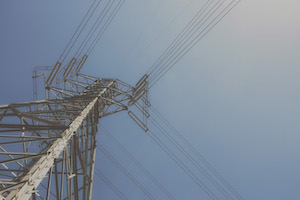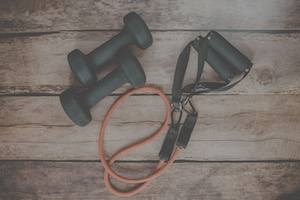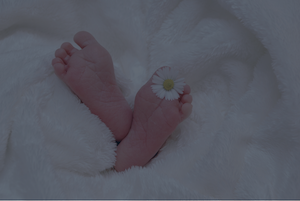Happy birthday NASA
The National Aeronautics and Space Administration turns 67 today.
The organization grew out of the National Advisory Committee for Aeronautics, formed in 1915 and operated under the U.S. military. By 1958, at the height of the Cold War, both Russia and the United States had launched satellites into space and the Space Race had begun.
President Dwight Eisenhower, recognizing the value of research into space and aeronautics for both military and civil purposes, decided to split the civil portion off into its own entity. On July 29, 1958, he signed the National Aeronautics and Space Act, calling for the creation of NASA as a separate organization independent of the Department of Defense.
As questions about the value of the organization have become perennial issues in Washington and the program faces regular scaling back, it marks a good opportunity to look back on some of the things NASA’s work has led to the average person may not realize.
Here are just some of the of the common items NASA’s research has provided, according to the agency:
• Cellphone cameras: The cameras so common today are direct descendants of those developed by NASA’s Jet Propulsion Laboratory to provide scientific-quality photos with a device small enough to fit on spacecraft;
• Scratch-resistant lenses: The Lewis Research Center developed a technique for making near-diamond-hard coating for aerospace systems. The technique is used to make scratch-resistant lenses today;
• Foil emergency blankets: The material used to make foil emergency blankets and for use in extreme temperatures on Earth was designed as a light insulator for use in space;
• Pool filters: An electrolytic silver iodizer initially used to filter astronaut drinking water is now widely used in pool filters;
• Dustbusters: NASA originally approached Black & Decker to design a collection system to gathering samples on the moon. The technology was marketed commercially as Dustbusters;
• Ear thermometers: Ear thermometer were designed through a partnership between NASA and Diatek to measure the amount of energy emitted by the eardrum;
• Wireless headsets: Wireless headset technology was designed to provide hands-free communication for astronauts;
• Memory foam: Memory foam was designed by NASA to create more-comfortable seats for pilots;
• Freeze-dried food: Freeze drying was designed to provide lightweight food that retains most nutrients for astronauts.
Those are just a few of the many items we use and take for granted regularly that are the direct result of NASA’s work. It would be a shame to lose out on the advancements continued funding for the agency could provide in the future.
— JP













